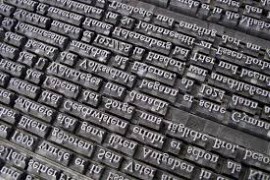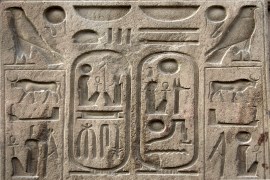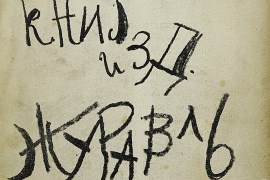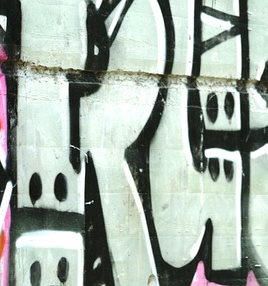Inscrutability and visual objects
pp. 2949-2971
Résumé
The thesis that the visual system represents objects has garnered empirical support from a variety of sources in recent decades. But what kinds of things qualify as “objects” in the relevant sense? Are they ordinary three-dimensional bodies? Are they the facing surfaces of three-dimensional bodies? I argue that there is no fact of the matter: what we have are equally acceptable ways of assigning extensions to the relevant visual states. The view I defend bears obvious similarities to Quine’s thesis that linguistic reference is inscrutable. Importantly, though, I argue that even if Quine was wrong about inscrutability as a thesis about language and thought, the case for the inscrutability of visual reference remains strong.
Détails de la publication
Publié dans:
Kruse Andrea, Wansing Heinrich (2017) Doxastic agency and epistemic responsibility. Synthese 194 (8).
Pages: 2949-2971
DOI: 10.1007/s11229-016-1083-3
Citation complète:
Phillips Ben, 2017, Inscrutability and visual objects. Synthese 194 (8), Doxastic agency and epistemic responsibility, 2949-2971. https://doi.org/10.1007/s11229-016-1083-3.










